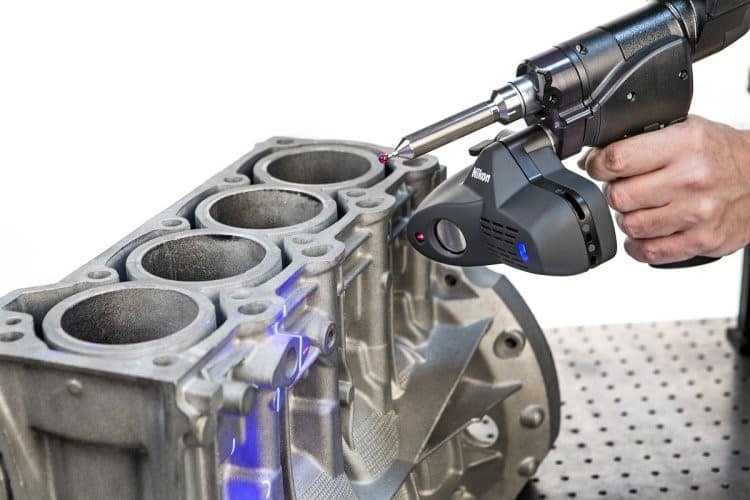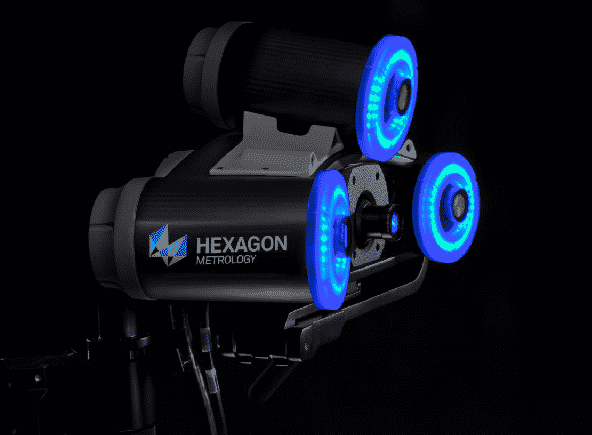
Change is happening on the shop floor. Clients demand higher quality components at a lower cost and in less time. How are you supposed to make it all happen unless you have the latest tools powering your shop and your metrology department? As metrology instruments become more sophisticated and higher powered, their power can start to surpass your understanding of them. It may not be a bad idea to take a step back right now and learn a bit about laser scanners used in metrology.
There are primarily two types of 3D scanners available to metrologists today: laser scanners and structured light scanners.
Laser Scanners in Metrology
As their name suggests, these use guided laser beams to take measurements by calculating how long it takes the beam to go from source to object. It takes thousands of measurements and creates a point cloud or a mesh to recreate the dimensions of the component. Laser scanners are considerably faster than touch probe coordinate measuring machines, and they can be combined with either a coordinate measuring machine or a portable arm. Talk to a metrologist about incorporating laser scanners into portable arms and coordinate measuring machines to create a more versatile metrology instrument.
Structured Light Scanners
Similar to laser scanners, structured light scanners or vision systems combine a camera with projected light. It geometrically reconstructs the component you’re measuring by capturing distortions in the light. It’s an incredibly fast method of measuring components. They offer a higher point density and therefore more precision than laser scanners, but may require more tightly controlled conditions.
CT Scanning
Some shops have even been using CT scanning (computed tomography) for niche purposes, including plastic injection molding. You would probably be more familiar with CT scanning from the medical field, but some shops are now using CT scanners to speed up the verification process of plastic molds.
Laser scanners and similar technology are the ideal solutions for rapidly collecting millions of data points. Coordinate measuring machines remain the gold standard in precision, but laser scanners are the only way toward complete inspection. Shops that are measuring larger and larger samples are moving to laser scanners while relying on coordinate measuring machines to verify a smaller sample, maintaining their tough precision standards.
As laser scanners make parts routines and data collection faster, you need to keep up with programming. Real-time data collection requires complex parts routines that your metrologists are responsible for programming, but not every shop has staff with the skills needed to make sure it happens. That’s when you need support for your current CMM programmers from contract metrologists who can do offline programming, inspections, and more. Contract metrologists should be able to program routines from scratch, modify existing programs, and train your metrology staff. You can also get online training courses in software like PC-DMIS from metrology companies like CMM. There is support out there for your shop if you’re feeling the skills gap. Contract metrology can help keep you on top of your deadlines.


